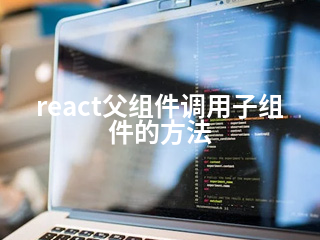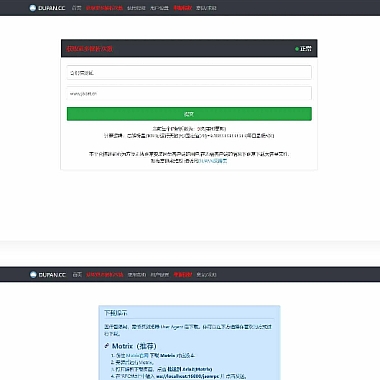React父组件调用子组件的方法
在React中,父组件调用子组件的方法并不是直接通过引用实现的,而是推荐通过状态提升或者回调函数的方式进行间接调用。介绍几种常见的解决方案。
1. 使用ref调用子组件方法
React提供了一个叫做ref的功能,它可以帮助我们访问DOM元素或者React组件实例。当使用ref指向一个类组件时,你可以直接调用这个组件实例上的任何公共方法。
你需要在子组件中定义一个可以被外部调用的方法:
jsx
class ChildComponent extends React.Component {
handleClick = () => {
console.log('Child method called');
};</p>
<p>render() {
return <div>我是子组件</div>;
}
}
然后,在父组件中创建ref并将其赋值给子组件:
jsx
class ParentComponent extends React.Component {
constructor(props) {
super(props);
this.childRef = React.createRef();
}</p>
<p>callChildMethod = () => {
this.childRef.current.handleClick();
};</p>
<p>render() {
return (
<div>
<button onClick={this.callChildMethod}>调用子组件方法</button>
</div>
);
}
}
2. 通过回调函数传递数据
另一种方式是让子组件通过props接收一个回调函数,并在需要的时候调用这个函数。虽然这种方式不能直接调用子组件的方法,但是可以通过状态和属性的变化来影响子组件的行为。
在父组件中定义一个处理函数,并通过props传递给子组件:
jsx
class ParentComponent extends React.Component {
handleCallback = (data) => {
console.log('收到子组件的数据:', data);
};</p>
<p>render() {
return ;
}
}
然后在子组件中,当某个事件发生时,调用这个回调函数:
jsx
class ChildComponent extends React.Component {
someEventHappened = () => {
const data = '一些数据';
if (this.props.onSomeEvent) {
this.props.onSomeEvent(data);
}
};</p>
<p>render() {
return <button onClick={this.someEventHappened}>触发事件</button>;
}
}
3. 使用Context进行状态管理
对于更复杂的应用场景,可以考虑使用React Context API来进行状态管理和方法共享。这允许我们在不直接父子关系的组件之间共享数据和方法。
创建一个Context:
jsx
const MyContext = React.createContext();
然后,在父组件中提供数据和方法:
jsx
class ParentComponent extends React.Component {
state = { value: '初始值' };</p>
<p>updateValue = () => {
this.setState({ value: '更新后的值' });
};</p>
<p>render() {
return (
<MyContext.Provider value={{ ...this.state, updateValue: this.updateValue }}>
);
}
}
在子组件中消费这些数据和方法:
jsx
class ChildComponent extends React.Component {
static contextType = MyContext;</p>
<p>callParentMethod = () => {
this.context.updateValue();
};</p>
<p>render() {
return (
<div>
<p>{this.context.value}</p>
<button onClick={this.callParentMethod}>更新父组件状态</button>
</div>
);
}
}
以上就是在React中父组件调用子组件方法的几种常见方式。每种方式都有其适用场景,开发者应根据具体需求选择合适的方案。











